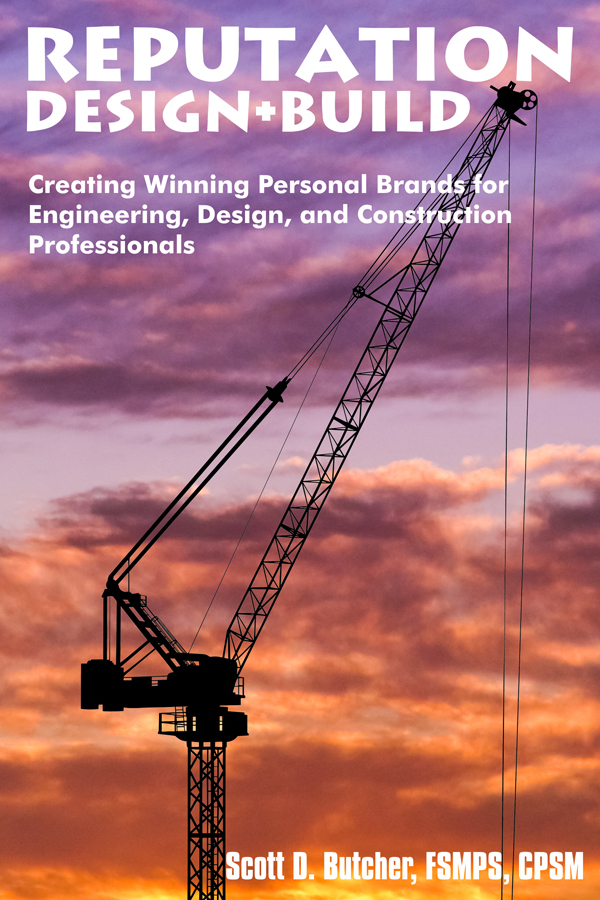There’s been a noticeable change in the design and construction industry over the past decade. It you’ve spent fifteen, twenty, or more years marketing A/E/C firms, then you probably remember the “Era of Boilerplate.” We had our favorite project descriptions, and we seemed to submit them for everything we pursued. So what if the projects were ten years old (or a lot older)! So what if the staff members who worked on them were no longer even with our firm!
But somewhere along the way, our clients become more sophisticated. In fact, many A/E/C professionals left the consulting/designing/constructing side of the business, and jumped aboard with owners/clients as facilities managers, project managers, and plant engineers. Suddenly we were calling on highly experienced professionals who understood the “games” that A/E/C firms played. So they changed the rules, and began focusing on the project team members. Firm credentials increasingly began taking a back seat to personal credentials.


Post a comment to this article
Report Abusive Comment